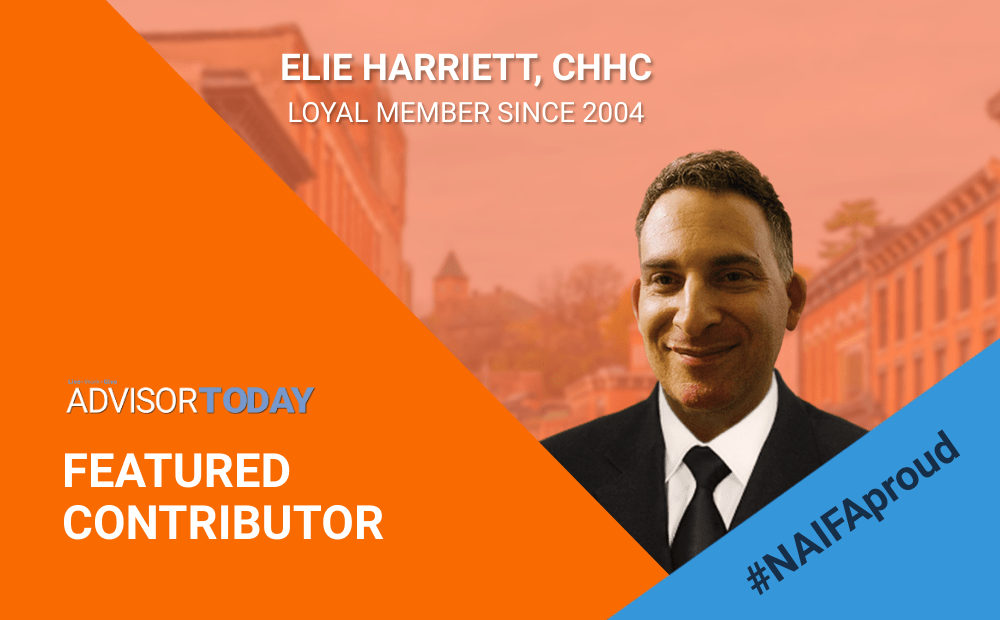One of the best parts of being a health insurance broker that works with financial advisors is I get referred to clients who care about making sure they are financially prepared for as many contingent emergencies as they can. In addition to that, I hear from the financial advisors who made the referral. After a medical issue befalls the client I get a thank you for making sure that medical emergency did not strike down years of careful preparation, potentially putting a sound financial plan at risk.
With all the changes that have come about in health insurance in the last 10 years, it is a good idea to take a look at the financial components of the product. This article is not going to go into the myriad of group insurance options. Rather the individual insurance choices a person may one day need to make.
There are two classifications in health insurance: the pre-Medicare/under-65 group, and the Medicare eligible. I’m going to break these down into two parts. This first part will be on how we deal with those not yet eligible for Medicare and who do not get health insurance options from an employer.
Who's Eligible?
If you have not taken a close look at what individually purchased health insurance looks like in the last 5-10 years, you are in for a shock. Don’t go by what you hear from the late-night pundits, Health insurance purchased through the marketplace is highly comprehensive and thorough. It covers a great deal of medically necessary care, with no lifetime maximum, and no health questions.
Major medical can now be purchased by almost anyone. There are no longer any health questions or health conditions that bar a person from getting coverage. With few exceptions, there are not many reasons to consider individual coverage options if an employer is offering something for your client. If an employer is offering coverage, I cannot speak to how those offers compare. I myself need to refer out in those cases. But if your client is not being offered a plan by an employer, the marketplace has standardized a great deal of this coverage.
Ensuring Access to Care
Of all the things we do for our clients, by far the most important is ensuring access to their doctors and hospitals. If your client’s doctors do not take a particular insurance plan, that insurance is, useless to them if they wish to keep their provider. Once you begin scratching off options based on network availability, the rest is financial consideration. For me, I look at the deductible and the maximum out-of-pocket first. In the states I sell, a number of the lower-premium plans have a deductible that matches the out-of-pocket maximum.
Out-of-Pocket Expenses
If we look at a plan like that, the question we ask our clients is: can the client afford the offered plan’s max out of pocket for TWO YEARS? Why two years and not one, you ask? Because your client could have a catastrophic accident on their way back from the Christmas holidays and be in the hospital at the end of this year. They can run out their max out of pocket in one day. Then if they are still being treated after New Year’s, their max out of pocket will reset and they can just as easily run it out a second time in that same visit. Happened once to a client of mine. Take the max out of pocket, and multiply by 2. Your client won’t want to pay it, but the question is, can they?
Deductibles
Once the max out-of-pocket is settled, the deductible is next. Keep in mind a number of preventative services don’t count towards that deductible. But most other services will. Does your client have a regular office appointment to make? Multiple yearly lab tests? If so, maybe a plan that has copays from the start rather than counting those visits towards the deductible will be helpful. If there’s some distance between the deductible and out-of-pocket max, what is the co-insurance in between? Don’t worry about this if the deductible and max out-of-pocket are close. Just go by the out-of-pocket max in that case. But if there’s several thousand dollars difference, how is a 20% co-pay for your clients? 30%? Manageable?
Prescription Drug Costs
Next comes drug costs, which can be hard to plan for. The problem with drug costs is the moment your client is prescribed a new drug, their planned costs could go right out the window. You can only plan for the drugs they reasonably expect to take for the year. Check costs on what your clients take on the plans you are considering. Will the insurance even cover drugs with more than just a discount card? Do they cover brand drugs or just generics? Clients need to be aware of how drug costs work in case unforeseen circumstances come up. And be prepared to deal with questions about unexpected prices when a new drug is prescribed. Unexpected drug costs are responsible for the highest number of calls into our office.
Premiums
Finally, after everything else is factored in, we have the premium. The premium is where you put it all together. Not as a sales tactic, but as a balancing of the scales. Remember if your client is eligible for a subsidy to apply and check the discount before looking at those premiums. A plan that can’t be paid for is no plan at all. Conversely, an affordable plan that breaks your client when they have to use it is also no plan. So that side must also be balanced, but the premium should not be the beginning and end of the discussion.
Planning Ahead
Once this is all done, remember next year to do it again. Plans change, networks change, and drug coverages change. Health insurance benefits are guaranteed, but the costs are not. Make sure to prep your client each year for the changes.
That’s the end of part one on how we select health insurance for our clients. My next article will be part two: how to make the same financial considerations for people over 65 and on Medicare.
Elie Harriett is the co-owner of Classic Insurance & Financial Services Co. and a regular contributor to NAIFA's Advisor Today blog.









.png?width=300&height=600&name=Tax%20Talk%20Graphic%20-%20email%20tower%20(300%20x%20600%20px).png)
